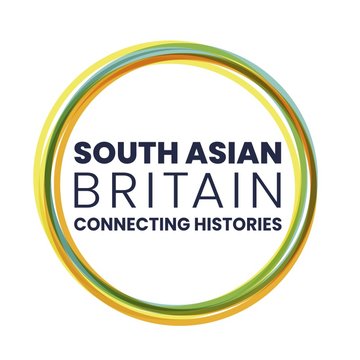
J. A. Lalkaka
‐
Indian artist who specialized in painting portraits of political elites and royalty in India and Britain
Other names
Jehangir Ardeshir Lalkaka
Place of birth
Date of arrival to Britain
Location(s)
SW1P 3QH
United Kingdom St John's Wood Art School
NW8 9JT
United Kingdom
Date of time spent in Britain
1908–13, 1929–31
About
J. A. Lalkaka began his artistic training at the J. J. School of Art in Bombay (Mumbai) in 1903. In 1908 he arrived in London after being sent to Europe by his grandfather Sir Navroji Vakil to complete his artistic education. Lalkaka attended the St John’s Wood and Westminster Art Schools, both seen as preparatory institutions for gaining admittance to the Royal Academy Schools. He also spent some time in Paris. In 1913 Lalkaka returned to India and set up his own studio in Bombay. He painted mainly portraits which were popular with the governing elite. Lalkaka’s work was supported by Viceroys Irwin and Willingdon in particular.
In 1929 it was decided that the Viceroy’s Palace (now the Rashrapati Bhavan) in New Delhi should be decorated with paintings and an exhibition was held of 1,500 works of art by 200 artists. Edwin Lutyens, the architect, in consultation with the Viceroy chose Lalkaka from this exhibition, along with Atul Bose, to travel to England to paint royal portraits. Lalkaka’s portrait of George V was particularly prized. He returned to India in 1931 and was honoured by a reception given by the Art Society of India. He was closely associated with the J. J. School of Art and became the first Indian to be appointed its Vice-President in 1931. His work can now be found in galleries in Delhi and Mumbai.
Mitter, Partha, The Triumph of Modernism: India's Artists and the Avant-Garde 1922–1947 (London: Reaktion, 2007)
Image credit
© Remaking Britain: South Asian Connections and Networks, 1930s – present
